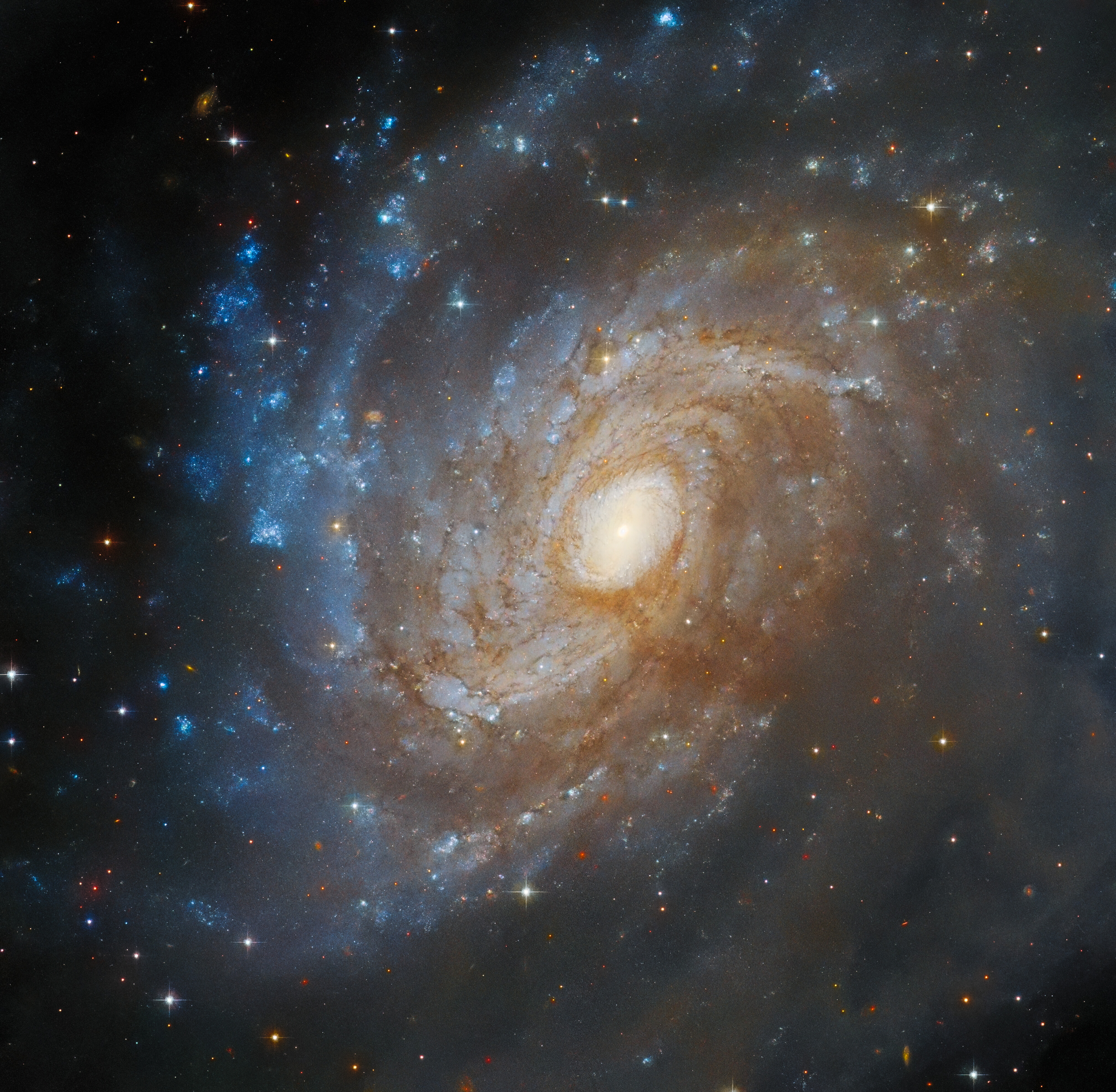3 min read
Astronomers using NASA's Hubble Space Telescope have found several examples of galaxies containing quasars, which act as gravitational lenses, amplifying and distorting images of galaxies aligned behind them.
Quasars are among the brightest objects in the universe, far outshining the total starlight of their host galaxies. Quasars are powered by supermassive black holes.
Image Credit: NASA, ESA, and F. Courbin (EPFL, Switzerland)
To find these rare cases of galaxy-quasar combinations acting as lenses, a team of astronomers led by Frederic Courbin at the Ecole Polytechnique Federale de Lausanne (EPFL, Switzerland) selected 23,000 quasar spectra in the Sloan Digital Sky Survey (SDSS). They looked for the spectral imprint of galaxies at much greater distances that happened to align with foreground galaxies. Once candidates were identified, Hubble's sharp view was used to look for gravitational arcs and rings (which are indicated by the arrows in these three Hubble photos) that would be produced by gravitational lensing.
Quasar host galaxies are hard or even impossible to see because the central quasar far outshines the galaxy. Therefore, it is difficult to estimate the mass of a host galaxy based on the collective brightness of its stars. However, gravitational lensing candidates are invaluable for estimating the mass of a quasar's host galaxy because the amount of distortion in the lens can be used to estimate a galaxy's mass.
The next step for the team is to build a catalog of "quasar-lenses" that will allow them to determine masses for a statistically significant number of quasar host galaxies and to compare them with galaxies without quasars. With the numerous wide-field surveys that will start in the near future or that are already started, hundreds of thousands of quasars will be accessible for looking for lensing effects.
The team involved in this research includes: F. Courbin, C. Faure, F. Rerat, M. Tewes, and G. Meylan (EPFL, Switzerland), S.G. Djorgovski, A. Mahabal (Caltech), D. Stern (JPL), T. Boroson (NOAO), D. Sluse (Bonn University, Germany), R. Dheeraj (University of Maryland). The full study is presented in the journal Astronomy and Astrophysics.
The Hubble Space Telescope is a project of international cooperation between NASA and the European Space Agency. NASA's Goddard Space Flight Center in Greenbelt, Md., manages the telescope. The Space Telescope Science Institute (STScI) in Baltimore, Md., conducts Hubble science operations. STScI is operated by the Association of Universities for Research in Astronomy, Inc., in Washington, D.C.
For images and more information about Hubble and this study, visit:








